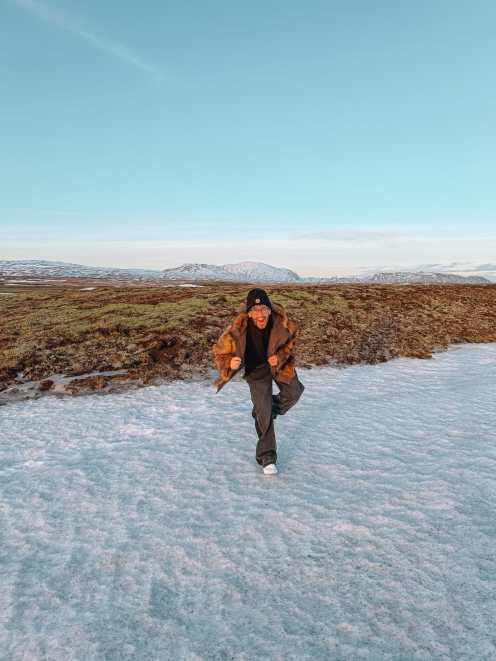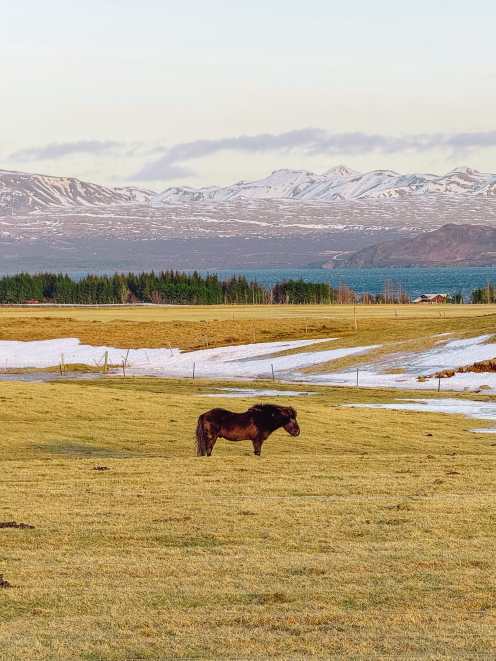Iceland is a stunning country to visit! It’s got so many incredible places to see, not least because of its mind-blowing waterfalls, wonderful hikes and, of course, Reykjavik. Not only that, but you’ve also got some of the world’s most unique landscapes, especially with this erupting volcano and the Northern Lights that regularly appear.

But what about the age-old question of when is the best time to visit Iceland? Well, we’ve got you covered you with the pros and cons of travelling to Iceland at specific times of the year. This way, you can make the most out of your time exploring this incredible country and make the most informed decision that’s right for you.
If you’re anything like me, and I’m guessing you are, you’ll want to plan your trip to Iceland well ahead of time. This way, you can book the best Icelandic tours and scout the key spots you love most. We do this for every trip to Iceland, and it’s honestly so essential, mainly because you’ll likely be covering a fair distance once you arrive in Iceland.
Winter: December to March




Let’s start with the winter months. Travelling to Iceland in Winter can be icy, to say the least! It’s typically the time of year when some of the coldest weather and larger storms tend to make landfall in Iceland. This means that there can be seasonal road closures that may impact any Icelandic road trip you’re on.
If you decide to travel to Iceland in winter, always make sure you consider the extreme weather you might get.
We’ve visited in Winter twice. The first time, we had severe snow storms, when we sometimes couldn’t even make out the road we were driving on. Although precarious, weather warnings are usually in place, and road closures tend to be opened as soon as possible. So, never take any risks in driving during a storm, especially if the local weather service issues warnings. You can always watch these on the Icelandic Met Office website, which is updated hourly.
Another thing to consider when travelling to Iceland in winter is the longer nights you’ll have. Winter nights can be extended as you’re in the far north of the Northern Hemisphere. For instance, the shortest daylight hours in Iceland in December is around 4.5 hours. This is great if your sole goal is to catch the Northern Lights in the dark, but it’s less so if you want to explore the natural sights…
Click Here to Read the Full Original Article at Hand Luggage Only…
